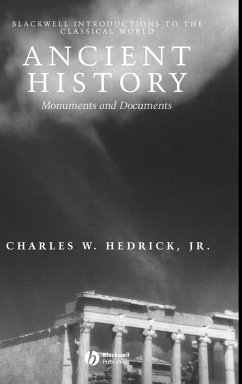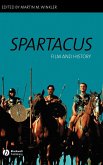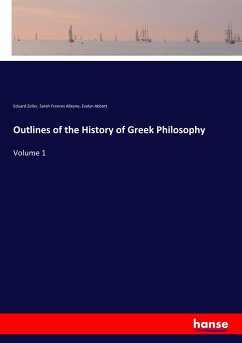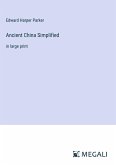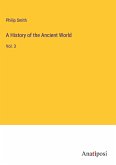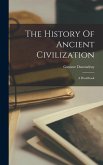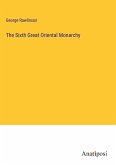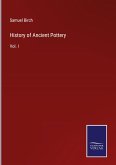If students are to "do" history, as opposed to "reading" it, they must learn how to engage with historical sources. Ancient Hostory: Monuments and Documents introduces students to the chief disciplines, methods, and sources employed in "doing" ancient history. It gives them a sense of the nature of evidence and its use in the reconstruction of the past, helping them to read a historical narrative with more critical appreciation; and it encourages them to consider the differences between their own academic experience of ancient sources - books, inscriptions, coins, and the like - and the use of these same objects within the everyday life of ancient society. Charles W. Hedrick, Jr. writes clearly, concisely, and concretely, invoking ancient illustrations and modern parallels as appropriate.
Hinweis: Dieser Artikel kann nur an eine deutsche Lieferadresse ausgeliefert werden.
Hinweis: Dieser Artikel kann nur an eine deutsche Lieferadresse ausgeliefert werden.
"Detailed but lively, this book offers an introduction to the sources of evidence about ancient history. Hedrick has a keen sense of irony for the varying ways in which ancient and modern people read the same documents and he is an ideal guide to help us bridge the gap." Barry Strauss, Cornell University
